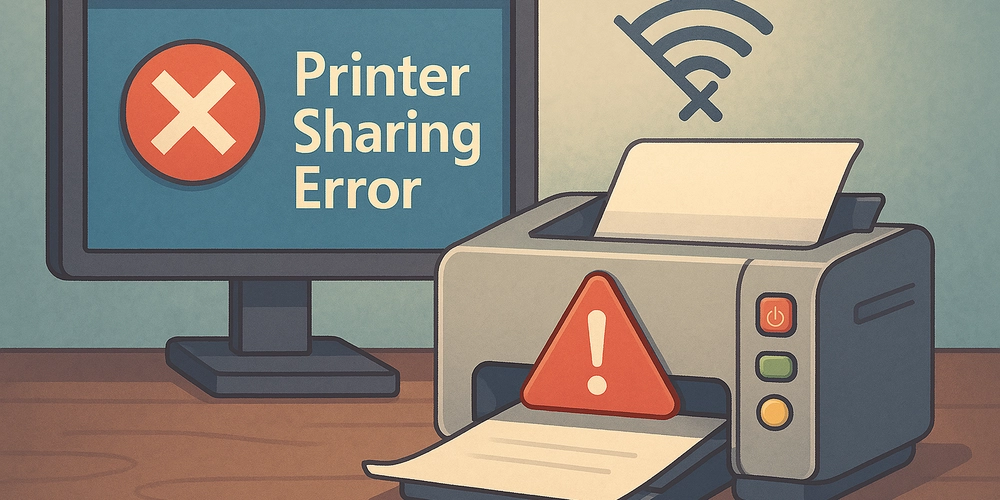Using LAST_INSERT_ID() in MySQL to Insert Related Data
Introduction When using AUTO_INCREMENT in MySQL, you often need to retrieve the ID of a newly inserted record. By using LAST_INSERT_ID(), you can easily obtain the ID generated from the most recent INSERT statement, making easier to insert related data. Specifically: Retrieve the ID of the parent table(orders) and link it to the child table(order_items). Automatically obtain the generated ID without manually setting it, ensuring data consistency. In such cases, LAST_INSERT_ID() is highly useful. This article explains how to write SQL queries utilizing this function and discusses its behavior when ROLLBACK is executed. Inserting Related Data Using LAST_INSERT_ID() Let's take the following two tables as an example: CREATE TABLE orders ( id INT AUTO_INCREMENT PRIMARY KEY, customer_name VARCHAR(255) NOT NULL ); CREATE TABLE order_items ( id INT AUTO_INCREMENT PRIMARY KEY, order_id INT NOT NULL, product_name VARCHAR(255) NOT NULL, FOREIGN KEY (order_id) REFERENCES orders(id) ); SQL Example BEGIN; -- First order INSERT INTO orders (customer_name) VALUES ('Alice'); SET @order_id_1 = LAST_INSERT_ID(); INSERT INTO order_items (order_id, product_name) VALUES (@order_id_1, 'Product A1'), (@order_id_1, 'Product A2'); -- Second order INSERT INTO orders (customer_name) VALUES ('Bob'); SET @order_id_2 = LAST_INSERT_ID(); INSERT INTO order_items (order_id, product_name) VALUES (@order_id_2, 'Product B1'), (@order_id_2, 'Product B2'), (@order_id_2, 'Product B3'); COMMIT; Key Points Use LAST_INSERT_ID() immediately after INSERT to retrieve the newly generated id. Use the obtained id to insert related records into order_items. Start a transaction with BEGIN and finalize it with COMMIT. This method allows safe insertion of related data without manually checking IDs. What Happens When ROLLBACK is Used? If ROLLBACK is executed: BEGIN; INSERT INTO orders (customer_name) VALUES ('Charlie'); ROLLBACK; The AUTO_INCREMENT value is not reset, even though the insert operation is undone. Practical Example For instance, in an e-commerce system managing orders(orders) and order items (order_items): Even it an order is canceled, the id remains skipped Due to MySQL's AUTO_INCREMENT behavior, rolling back does not reset the id. Since this is the default MySQL behavior, it is essential to design your system to accommodate missing id values. Conclusion LAST_INSERT_ID() allows easy retrieval of the most recently inserted ID. It is the best way to correctly associate the ID of the parent table(orders) with the child table(order_items). Even after ROLLBACK, AUTO_INCREMENT values are not reset, so gaps in IDs should be considered in system design. Be leveraging this method, you can efficiently manage your database operations.

Introduction
When using AUTO_INCREMENT in MySQL, you often need to retrieve the ID of a newly inserted record. By using LAST_INSERT_ID(), you can easily obtain the ID generated from the most recent INSERT statement, making easier to insert related data.
Specifically:
- Retrieve the ID of the parent table(orders) and link it to the child table(order_items).
- Automatically obtain the generated ID without manually setting it, ensuring data consistency.
In such cases, LAST_INSERT_ID() is highly useful. This article explains how to write SQL queries utilizing this function and discusses its behavior when ROLLBACK is executed.
Inserting Related Data Using LAST_INSERT_ID()
Let's take the following two tables as an example:
CREATE TABLE orders (
id INT AUTO_INCREMENT PRIMARY KEY,
customer_name VARCHAR(255) NOT NULL
);
CREATE TABLE order_items (
id INT AUTO_INCREMENT PRIMARY KEY,
order_id INT NOT NULL,
product_name VARCHAR(255) NOT NULL,
FOREIGN KEY (order_id) REFERENCES orders(id)
);
SQL Example
BEGIN;
-- First order
INSERT INTO orders (customer_name) VALUES ('Alice');
SET @order_id_1 = LAST_INSERT_ID();
INSERT INTO order_items (order_id, product_name) VALUES (@order_id_1, 'Product A1'),
(@order_id_1, 'Product A2');
-- Second order
INSERT INTO orders (customer_name) VALUES ('Bob');
SET @order_id_2 = LAST_INSERT_ID();
INSERT INTO order_items (order_id, product_name) VALUES (@order_id_2, 'Product B1'),
(@order_id_2, 'Product B2'),
(@order_id_2, 'Product B3');
COMMIT;
Key Points
- Use LAST_INSERT_ID() immediately after INSERT to retrieve the newly generated id.
- Use the obtained id to insert related records into order_items.
- Start a transaction with BEGIN and finalize it with COMMIT.
This method allows safe insertion of related data without manually checking IDs.
What Happens When ROLLBACK is Used?
If ROLLBACK is executed:
BEGIN;
INSERT INTO orders (customer_name) VALUES ('Charlie');
ROLLBACK;
The AUTO_INCREMENT value is not reset, even though the insert operation is undone.
Practical Example
For instance, in an e-commerce system managing orders(orders) and order items (order_items):
- Even it an order is canceled, the id remains skipped
- Due to MySQL's AUTO_INCREMENT behavior, rolling back does not reset the id.
Since this is the default MySQL behavior, it is essential to design your system to accommodate missing id values.
Conclusion
- LAST_INSERT_ID() allows easy retrieval of the most recently inserted ID.
- It is the best way to correctly associate the ID of the parent table(orders) with the child table(order_items).
- Even after ROLLBACK, AUTO_INCREMENT values are not reset, so gaps in IDs should be considered in system design.
Be leveraging this method, you can efficiently manage your database operations.











































































































































































![[The AI Show Episode 142]: ChatGPT’s New Image Generator, Studio Ghibli Craze and Backlash, Gemini 2.5, OpenAI Academy, 4o Updates, Vibe Marketing & xAI Acquires X](https://www.marketingaiinstitute.com/hubfs/ep%20142%20cover.png)




























































































































![[DEALS] The Premium Learn to Code Certification Bundle (97% off) & Other Deals Up To 98% Off – Offers End Soon!](https://www.javacodegeeks.com/wp-content/uploads/2012/12/jcg-logo.jpg)


![From drop-out to software architect with Jason Lengstorf [Podcast #167]](https://cdn.hashnode.com/res/hashnode/image/upload/v1743796461357/f3d19cd7-e6f5-4d7c-8bfc-eb974bc8da68.png?#)








































































































.png?#)























.webp?#)










_Christophe_Coat_Alamy.jpg?#)
 (1).webp?#)




































































































![Apple Considers Delaying Smart Home Hub Until 2026 [Gurman]](https://www.iclarified.com/images/news/96946/96946/96946-640.jpg)
![iPhone 17 Pro Won't Feature Two-Toned Back [Gurman]](https://www.iclarified.com/images/news/96944/96944/96944-640.jpg)
![Tariffs Threaten Apple's $999 iPhone Price Point in the U.S. [Gurman]](https://www.iclarified.com/images/news/96943/96943/96943-640.jpg)



































































































































